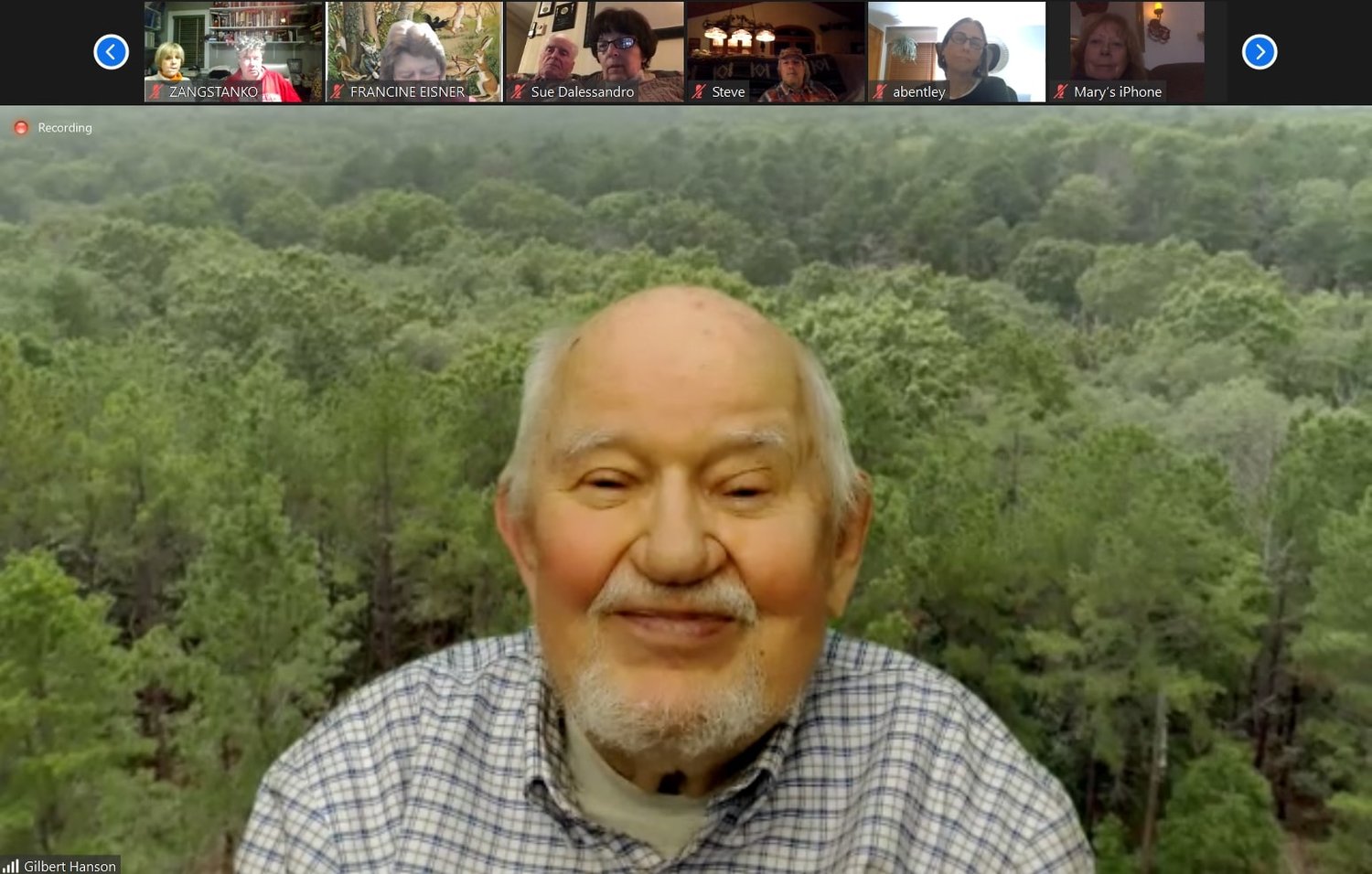VS history lecture raises climate questions
The Valley Stream Historical Society hosted a virtual lecture, “The Geology of Valley Stream,’’ on February 16, featuring Gilbert Hanson, a distinguished Service Professor in the Department of Geosciences at Stony Brook University. Hanson’s presentation focused on the village’s historic geological formations that eventually became the eponymously named Valley Stream. At the end of the scientific talk, the floor was open to public questions.
The lecture began by Hanson debunking myths about the history of topographical features believed by both early scientists and laypeople alike. The biggest myth was that geographical features were molded by God 6,000 years ago when the Earth supposedly came into existence. Groundbreaking work done by U.S. geographer and Harvard professor, William Morris Davis, in 1889 showed that erosion by streams could form valleys up to any size, proving that nature, not divine intervention, was at play.
Valley Stream was originally named by Robert Pagan based on the sloping “U” shape appearance of the area. In 1843, the U.S. Post Office formally accepted the name of Valley Stream, which was deemed a dry valley, meaning water erosion caused the land’s depression, though no water runs on its surface.
During the question-and-answer portion of the talk, the conversation quickly turned to questions about the village’s shifting ecology and the worrisome trend of increased flooding. Speakers among the near 50-person audience were quick to note that the various tributaries running through the village have flooded in the past, particularly during hurricane season. Audience members called to mind Hurricane Donna in 1960, which forced thousands on Long Island to evacuate, but one need not look too far into the past to feel the adverse results of major storms and storm-related flooding.
The adverse effects of climate change are there for all to see, according to environmental journalist and author Karl Grossman. “Climate change [and] global warming [are] very real, very pressing [issues] and we on Long Island, this island in the ocean, are threatened and must demand action,” he said.
A recent report, published by scientists from several government agencies project sea levels to rise 10 to 12 inches by 2050: the same rise was seen in the last 100 years. There are an estimated 280 properties in South Valley Stream that have a greater than 26 percent chance of being severely affected by flooding over the next 30 years.
There are several ways to help our coastlines, “but there are limits,” Grossman said. Instead of “hard structures” such as groins, jetties, and seawalls, wetlands need to be restored and preserved. These in turn will provide, to a degree, resilience to coastal flooding. However, “it is expected that people living in especially vulnerable coastal areas will need to relocate in the future,” according to Grossman.
Have an opinion about the story? Please send us an email to kkovac@liherald.com.

 43.0°,
Partly Cloudy
43.0°,
Partly Cloudy 





